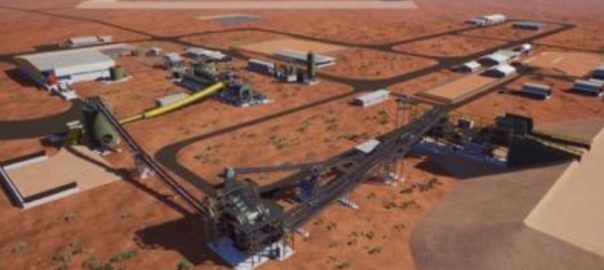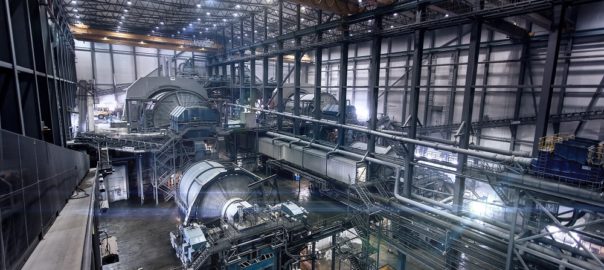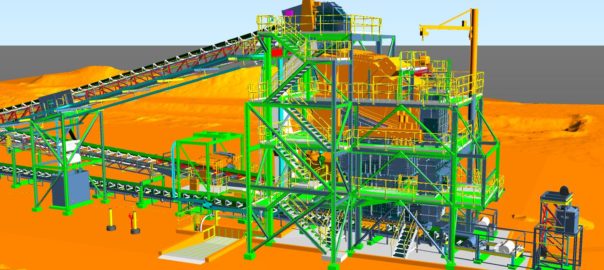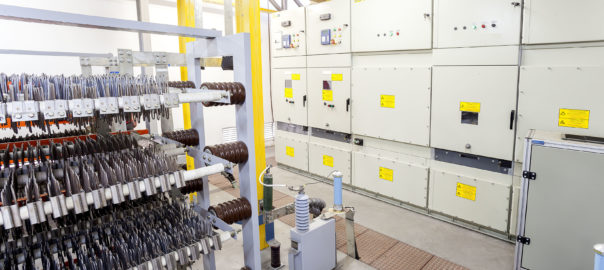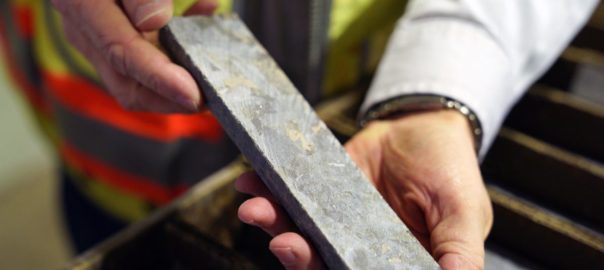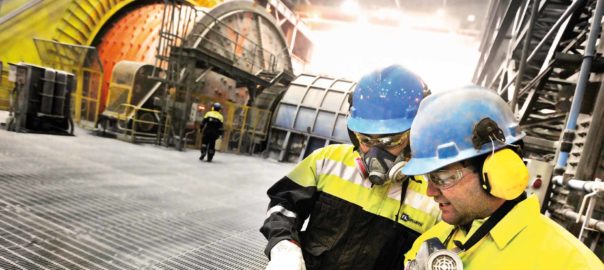Abra Mining has placed orders for two key long-lead items for the processing plant at its namesake base metal project in Western Australia, tapping CITIC-Heavy Industries for the ball mill and Ishigaki for the horizontal filter press.
The project, owned 77.28% by Galena Mining, is set to turn into a mine and processing facility with a 16-year life producing a high-value, high-grade lead-silver concentrate containing around 95,000 t/y of lead and 805,000 oz/y of silver after ramp-up. First production is scheduled for 2023.
Abra Mining, the joint venture company for the Abra base metals project, confirmed it had placed orders for the ball mill and the concentrate filter for the 1.2 Mt/y plant; items that have a combined order value of approximately A$9 million ($6.6 million).
Abra’s ball mill will be manufactured by CITIC-Heavy Industries Co Ltd (CITIC HIC) in Luoyang, Henan, China. The mill ordered is a 5 m diameter x 5.6 m effective grinding length fixed speed, single-pinion driven 2.5 MW ball mill.
The concentrate filter (horizontal filter press) will be manufactured by Ishigaki Co Ltd at its manufacturing facility in Sakaide on Kagawa Island, Japan. The unit ordered is a LASTA MC fully automated horizontal batch pressure filter.
Galena Managing Director, Tony James, said: “Ordering this equipment now is a key step in the plant build program for Abra. The ball mill and the concentrate filter are internationally-sourced long lead-time items required for the plant and the company, in consultation with GR Engineering, has chosen trusted, industry-leading suppliers for both items.”







